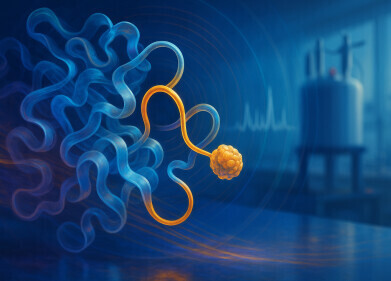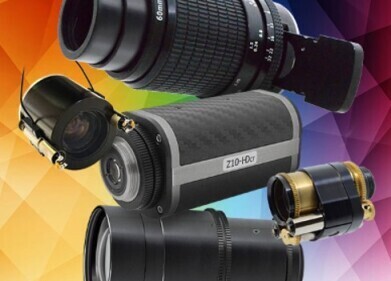Microscopy & microtechniques
Launch of Graphene Oxide Support Films developed in collaboration with the University of Warwick
Aug 16 2013
Agar Scientific has launched a new range of graphene oxide support films which have been developed in collaboration with Dr Neil Wilson, Microscopy Group, Physics Department at the University of Warwick.
As a leading supplier of accessories for microscopy, Agar Scientific is particularly well known for its high quality support films for TEM. New to the range is Graphene oxide (GO) which provides a thinner support film of higher mechanical strength, electrical and thermal conductivity compared to support films made from other materials. Agar GO support films are available on holey and lacey carbon and Quantifoil® support films. Other grid types will be available soon.
Manufactured in their Stansted laboratories using a unique application method, Agar GO support films are hydrophilic and ideally suited to imaging of small nanoparticles, nanowires and suspensions. Their low atomic number and thin-layer thickness result in significantly lower background contrast than conventional supports. Agar GO support films are also ideal for Cryo–TEM studies. The vitreous ice layer can be significantly thinner on GO support films providing higher contrast and hence higher resolution for structural determination.
This new family of support films has been developed in collaboration with Dr Neil Wilson, associate professor in condensed matter physics in the physics department of the University of Warwick. His research on graphene looks at the interactions between molecules/atoms/clusters and graphene surfaces with a view to understanding the integration of two dimensional graphene into three dimensional devices as well as studying fundamental processes from a novel standpoint. Graphene offers some unique advantages for studying interactions and processes at the atomic level. As the first readily-available two-dimensional material, it is a model system for transmission electron microscopy studies - it is almost electron transparent enabling other species to resolved on its surface with atomic resolution. It is also a well-defined surface, allowing surface science techniques to be integrated with high resolution transmission electron microscopy and scanning probe microscopy. It can be functionalised, enabling the study of the effect of surface modification on molecular interactions. Read more about Dr Wilson and his research:
Digital Edition
Lab Asia Dec 2025
December 2025
Chromatography Articles- Cutting-edge sample preparation tools help laboratories to stay ahead of the curveMass Spectrometry & Spectroscopy Articles- Unlocking the complexity of metabolomics: Pushi...
View all digital editions
Events
Jan 21 2026 Tokyo, Japan
Jan 28 2026 Tokyo, Japan
Jan 29 2026 New Delhi, India
Feb 07 2026 Boston, MA, USA
Asia Pharma Expo/Asia Lab Expo
Feb 12 2026 Dhaka, Bangladesh

.jpg)
-(2).jpg)
















